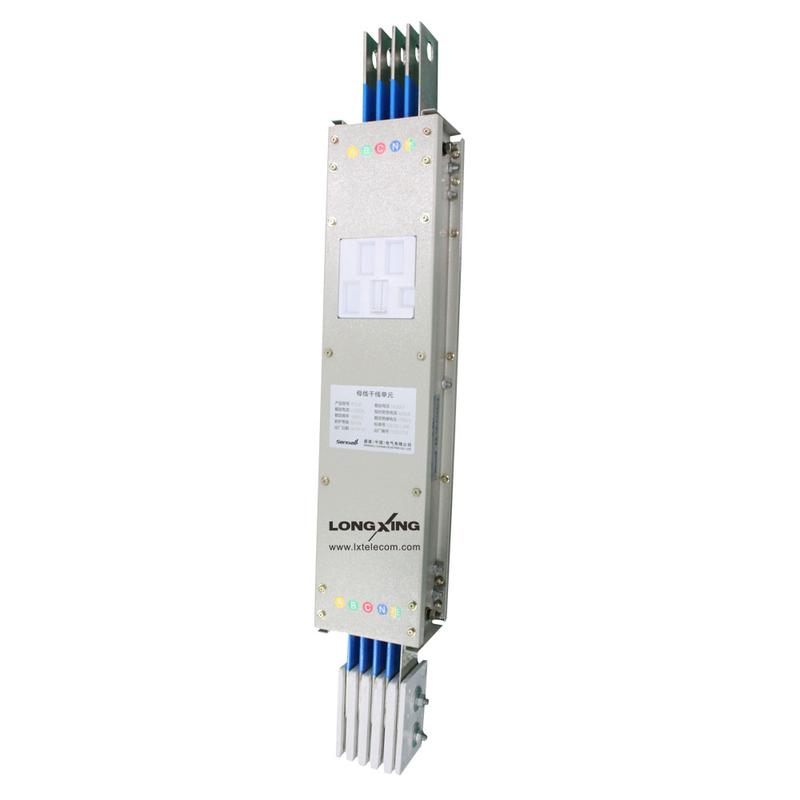Introduction
Busbar trunking systems are integral components of modern electrical installations, offering numerous benefits such as efficiency, flexibility, and enhanced safety. Proper installation and maintenance of these systems are crucial to ensure their optimal performance and longevity. This guide provides essential tips on the installation and maintenance of busbar trunking systems, ensuring you get the most out of your electrical infrastructure.
Understanding Busbar Trunking Systems
Busbar trunking systems consist of metal bars used to conduct electricity within a switchboard, distribution board, or electrical substation. They are preferred over traditional cabling due to their ability to handle high current loads efficiently and their modular design, which allows for easy modification and expansion of the electrical system.
Key Benefits of Busbar Trunking Systems
- Efficiency: They provide low electrical resistance, leading to minimal power losses.
- Flexibility: Their modular nature allows for easy installation, extension, and reconfiguration.
- Safety: Enclosed in metal casings, busbars reduce the risk of electrical hazards.
Installation Tips for Busbar Trunking Systems
Proper installation of busbar trunking systems is critical to ensure safety, efficiency, and longevity. Here are some expert tips to guide you through the process:
1. Planning and Design
- Conduct a Thorough Site Assessment: Evaluate the site conditions and determine the optimal routing for the busbar system. Consider factors such as load requirements, space constraints, and future expansion plans.
- Detailed Engineering Design: Develop a comprehensive design that includes load calculations, busbar sizing, and layout drawings. This step is crucial to avoid overloading and ensure compliance with electrical standards.
2. Selection of Components
- Choose Quality Materials: Opt for high-quality busbar materials and components from reputable manufacturers. This ensures reliability and reduces the risk of system failures.
- Appropriate Insulation: Select insulation materials that can withstand the operational environment, including temperature variations and potential exposure to chemicals.
3. Installation Procedures
- Follow Manufacturer Guidelines: Adhere strictly to the manufacturer’s installation instructions. This includes torque settings for connections, mounting procedures, and safety precautions.
- Ensure Proper Alignment: During installation, ensure that the busbar sections are correctly aligned and securely connected. Misalignment can cause electrical resistance and overheating.
- Secure Mounting: Use appropriate mounting brackets and supports to secure the busbar system in place. This prevents mechanical stress and potential damage during operation.
4. Safety Measures
- Implement Safety Protocols: Ensure all installation personnel are trained in electrical safety practices. Use personal protective equipment (PPE) and follow lockout/tagout procedures.
- Regular Inspections: Conduct regular inspections during installation to identify and rectify any issues promptly.
Maintenance Tips for Busbar Trunking Systems
Regular maintenance of busbar trunking systems is essential to ensure their efficient operation and to prevent potential failures. Here are some maintenance tips:
1. Routine Inspections
- Visual Inspections: Regularly inspect the busbar system for signs of wear, corrosion, or damage. Pay special attention to connection points and joints.
- Thermal Imaging: Use thermal imaging cameras to detect hotspots that may indicate loose connections or overloading.
2. Cleaning and Servicing
- Regular Cleaning: Keep the busbar system clean and free from dust and debris. Use appropriate cleaning agents that do not damage the insulation or metal components.
- Tighten Connections: Periodically check and tighten all connections to ensure they remain secure. Loose connections can lead to increased resistance and overheating.
3. Monitoring and Testing
- Electrical Testing: Perform regular electrical tests, such as insulation resistance testing and continuity checks, to ensure the system’s integrity.
- Load Monitoring: Monitor the load on the busbar system to ensure it operates within its rated capacity. Overloading can cause significant damage and reduce the system’s lifespan.
4. Documentation and Records
- Maintain Records: Keep detailed records of all maintenance activities, including inspections, tests, and repairs. This helps in tracking the system’s performance and planning future maintenance activities.
5. Upgrade and Retrofit
- Plan for Upgrades: As electrical demands grow, plan for system upgrades or retrofits. Modular busbar systems make it easier to upgrade without significant disruptions.
Conclusion
Implementing and maintaining busbar trunking systems requires careful planning, precise execution, and regular upkeep. By following these installation and maintenance tips, you can ensure that your busbar system operates efficiently and safely for years to come. For comprehensive electrical panel installation services in India, you can rely on professionals like Manikaran Power Ltd. to deliver high-quality and reliable solutions.
For more information on busbar trunking, visit Busbar Trunking System Installation Services. If you require expert assistance with electrical installations, consider exploring Electrical Panel Installation Services in India.
By adhering to these guidelines and leveraging professional services, you can optimize your electrical infrastructure and ensure a safe and efficient operation.

